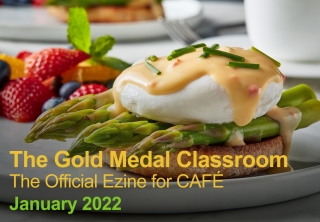
2022 Gold Medal Classroom Article Index
01 December 2022Wrapping up the year with a complete index of the nearly 90 published stories.
By Lisa Parrish, GMC Editor
Feedback & comments: This email address is being protected from spambots. You need JavaScript enabled to view it.
And that’s a wrap for Gold Medal Classroom’s 2022 season. Eleven issues appeared on your screen brimming with culinary education information. A trusted information source, GMC showcased teaching topics like foodservice trends, innovative uses of ingredients, and ideas for new culinary lesson plans and teaching topics.
Think Tank and 50 Minute Classroom columns regularly brought program directors and instructors practical tips. From a descriptive list of 10 essential graduate aptitudes to an 11-point checklist to help students stay employed throughout their careers, Chefs Adam Weiner and Paul Sorgule contributed a slate of topics geared toward a unique subset of educators – those teaching future foodservice workers.
New to the GMC story lineup, Chef Profile: Career Path Insights set out to illuminate students and instructors on a plethora of foodservice career options. Dr. Jennifer Denlinger continued offering power point presentations and PDFs on classroom lessons such as how to play culinary bingo to help students identify kitchen tools and equipment and practice scaling up recipes during downtime in the classroom.
Take a minute to play back the videos and stories from 2022. And, don’t miss a 2023 e-zine by clicking here to register for every GMC edition announcement. With topics covering areas like food as medicine, sustainability in food sourcing and preparation of emerging flavors and ingredients, the upcoming year looks to be a real showstopper.
FEATURES
Ingredients
- Creative cheese tips: Two professional chefs offer their take on incorporating cheese in dishes from desserts to Indian lasagnas.
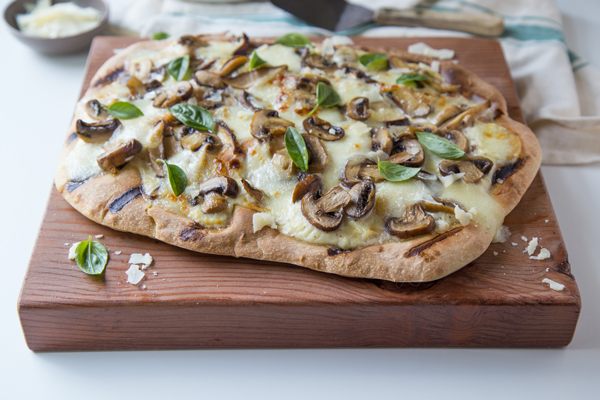
- Tempeh: An(other) alternative meat protein made from soy.
- Creating an umami bomb with glutamate-rich ingredients. Classroom exercises help teach students about savory ingredients that add depth and complexity.
- Getting the most out of oils. Hint: it’s all about heat. Cold-pressed oils are healthy and flavorful tools utilized in cooking from poaching to a finishing drizzle.
- Seafood’s delicate balance of flavors and textures. Herbs, fruits and cheese elevate without overpowering light and subtle flavors.
- Dairy alternatives are entering foodservice by moving beyond coffee shops. Restaurants offering lactose-free products jump on consumer-driven alternative milk wagon.
- Cooking pasta without boiling water. Variations in cooking formats using pre-cooked frozen pasta offer flexibility and efficiency.
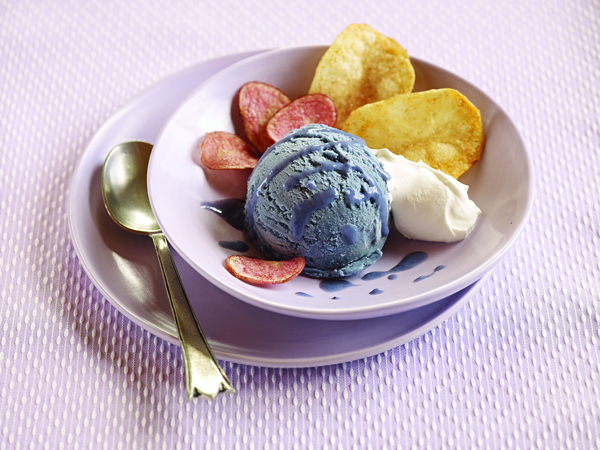
- Teaching the uncommon with common ingredients. Ubiquitous potatoes move beyond mashed to potato chip desserts and gluten-free baked goods.
- Frozen raspberries add flavorful pop and brightness to baked items. Time-saving frozen raspberries go from freezer to application and help build flavorful masterpieces.
Trends
- What drives street foods? Popular portable food creates a customer connection with authentic offerings.
- McCormick® released the 22nd edition of the Flavor Forecast® shedding light on the way chefs cook, flavor and eat.
- Forecasting future flavors: Learn how McCormick For Chefs® embarked on a global adventure using culinary sleuthing to predict taste trends.
- A sandwich build revolution: World Sandwich Champion discusses how today’s builds take culinary trends over-the-top with inventive ingredients, textures and tastes.
- JWU’s Linda Pettine d
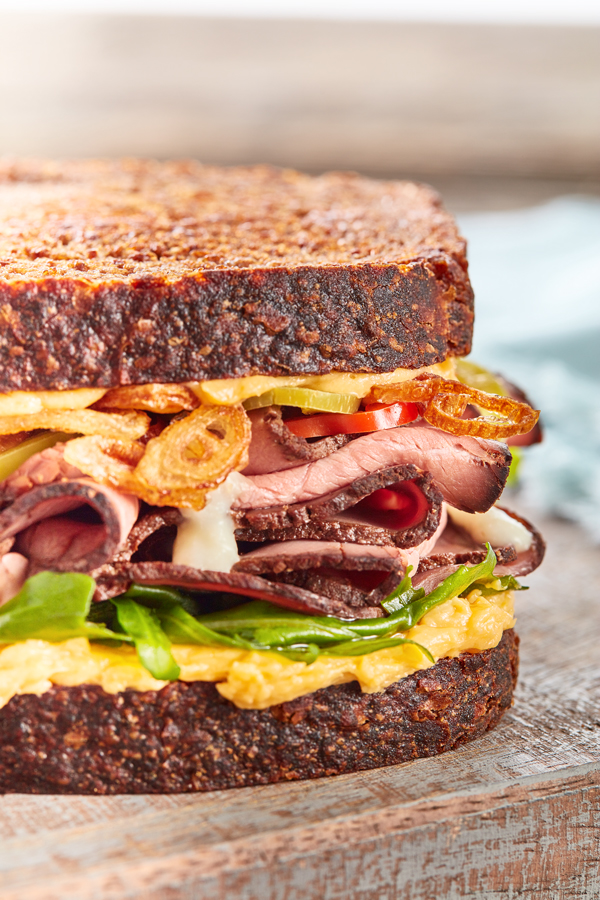 iscusses beverage trends and how wine supply challenges are opening palates across the country. Wine trends from turmoil to opportunity.
iscusses beverage trends and how wine supply challenges are opening palates across the country. Wine trends from turmoil to opportunity. - Stacked sandwiches standing out: See tempting sandwich trends that messily run the culinary gamut.
- Culture in food: MSG’s role in post-WWII xenophobia and dismantling misinformation.
- Non-alcoholic beverage market increases as better-tasting products serve a health-conscious drinker. Help culinary students perfect their beverage palates with non-alcohol alternatives.
Teaching and Student Stories
- Classics reimagined: Five chefs describe their methods of updating classic dishes and advise culinary students learning the art of innovation.
- Culinary educators can continue their education through online courses from top-notch training programs.
- Go beyond teaching the flavors of a single country by teaching world cuisines and not being limited by borders.
- Lamb: Whole Animal Fabrication. Teaching whole animal butchery helps students understand meat purchases, cuts and proper preparation.
- Culinary student Lauren Peterson earns scholarship, donation and foodservice experience for winning recipe in the first Wrap Battle.
- Delaware and Texas students win top honors and share $200,000 scholarship fund at 2022 National ProStart Invitational.
- NEW! Culinary Math Teaching Series: SUNY Delhi math instructor Linda Blocker shares tips on building students’ math confidence from decimals and fractions to costing out recipes.

- NEW! Culinary Math Teaching Series Continues. Math instructor Linda Blocker provides the next installment of teaching basic math concepts of recipe costing.
- Health meets food in the kitchen. Brand new nutrition education certification specifically designed for chefs and culinary students interested in the intersection of positive health outcomes and food.
- Teaching cake decorating during Halloween. Turning a devilishly tricky topic into a tantalizing treat.
Miscellaneous
- Deceptively delicious dessert winner. Dessert sushi so life-like it’s hard to believe it’s not real.
- Culinary instructor earns slot on inaugural reality cooking show and students learn tricks of the trade from their instructor who learned from the industry’s best.
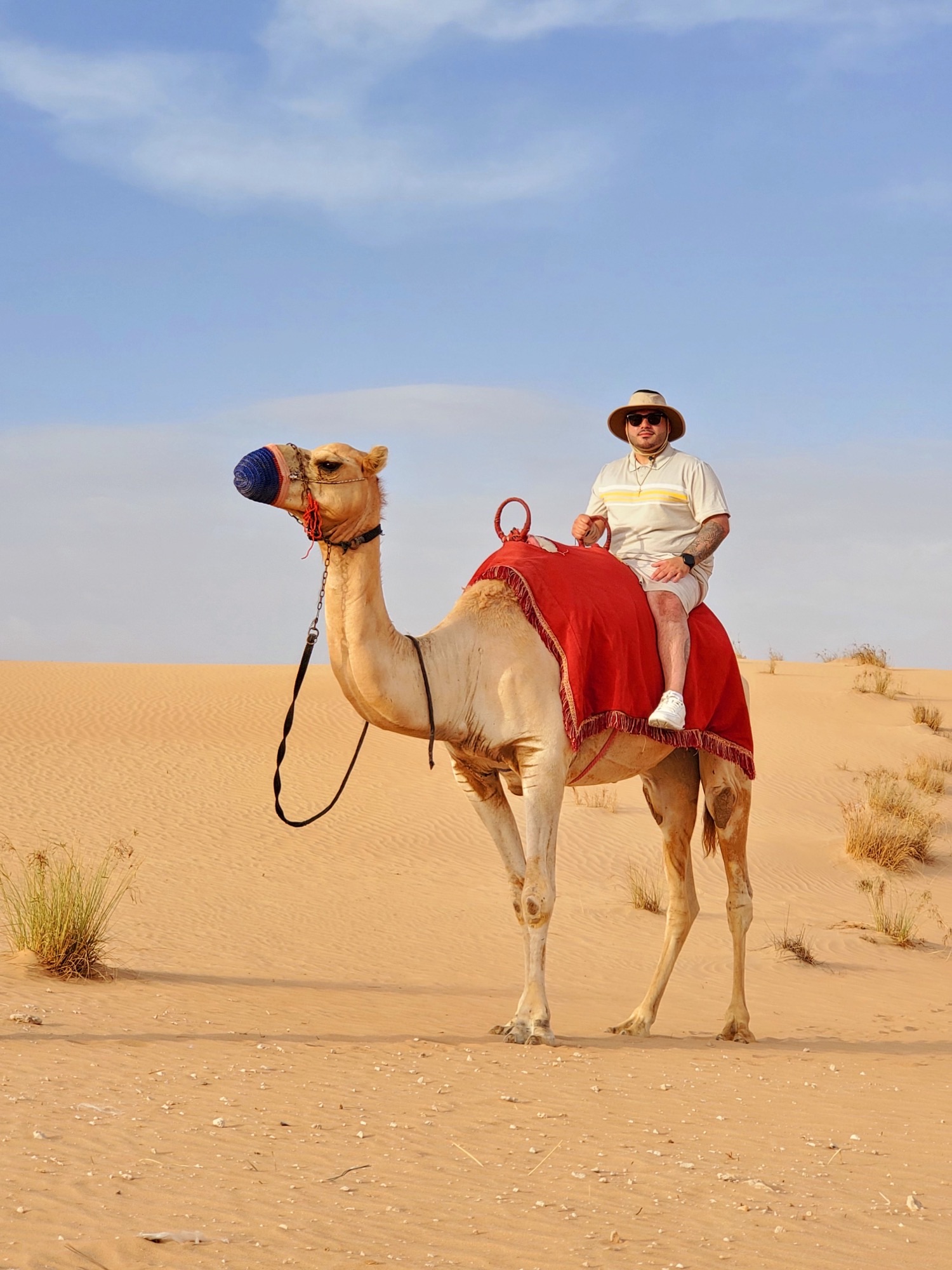
- CAFÉ Awards: Stories highlighting outstanding, award-winning accomplishments of foodservice educators and their dedication to culinary arts.
- A taste for global flavors is not generational. Traveling broadened both the mind and palate of senior-living chef Dennis Rivera.
- CAFÉ turns the calendar to a new educational year. Linking foodservice educators with the foodservice industry drives CAFÉ to new heights.
- Mentorship: How Can I be Better? Mentorship's lofty goal: Pushing students toward the best version of themselves through cultivating relationships that encourage personal growth.
- The connection between eating away from home and health. Tackling obesity and its associated health problems is a multifaceted problem that requires chefs and consumers to take part.
- Upcoming generation not at home in the home kitchen. How can a generation that does not cook navigate the obesity epidemic?
- My world according to chocolate. Acting as a culinary chocolate mentor is the best job in the world.
- 2022 Gold Medal Classroom article index. Wrapping up the year with a complete index of the nearly 90 published stories.
COLUMNS
Think Tank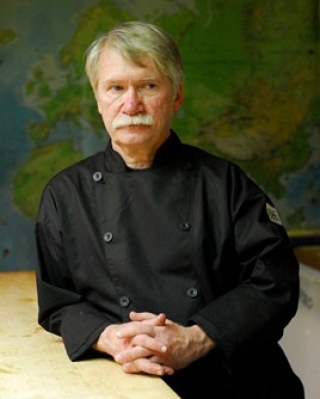
- January: Key elements covered in a successful roadmap guiding culinary students and professionals.
- February: New beginnings - the year of the restaurant. Let’s work together to make 2022 a year for restaurant and culinary school reinvention and success.
- March: Teaching through storytelling by transiting from delivering information to building a learning environment.
- April: Facing the admissions and retention challenge head-on. It’s time for all faculty, staff and alumni to be a conduit in the admissions and retention processes.
- May: Unifying and healing with food. Teaching the power of food and its ability to demonstrate cooks’ care.
- June/July: Teaching them to fly: The teaching cycle of training new students to fly into the culinary world and the joy that comes with it.
- August: Another year and another challenge (or opportunity). Teach the 10 most-essential aptitudes and set the table of success.
- September: Dependability is the most significant lesson to be taught. Set the stage for trust and dependability. It is essential to an educator’s job.
- October: A culinary degree is incomplete without storytelling and inquisitiveness.
- November: I hear you: What did you say? Developing and teaching active listening skills for a successful culinary career and life.
- December: Historical tools at your disposal. Don’t forget your experiences and those of others who came before when teaching culinary arts.
50 Minute Classroom
- January: Teaching oral kitchen communication. Excellent communication skills include skillfully addressing various audiences with different tactics ensuring the message is both heard and understood.
- February: Practical tips on finding and securing employment. Applicants still must perform at the top of their interview game even in this current labor shortage.
- March: Tasting food for service is not the same as eating. Teach culinarians how much to taste, how to use the tasting utensil and how to minimize waste in a sample product.
- April: Getting ready for competitions. Practical tips on coaching, preparing and presenting for medal-winning culinary competitors.
- May: An 11-key point checklist that will help students stay employed throughout their careers.
- June/July: Thinking beyond the next meal and service. Long-term success in the culinary and hospitality workforce depends on planning for right now and into the future.
- August: Navigating farmers’ markets – with a critical eye – can provide a welcome summer break.
- September: Teaching the subject of climate change is like teaching students vegetable cookery – they might not like vegetables but need to know how to prepare them.
- October: Including environmental issues in your day-to-day teaching. Start small by addressing energy consumption and food waste topics in every class.
- November: Culinary instructors break down tacos to get to the meat of the climate change challenge.
- December: Teaching students their decisions on something as basic as what to make for dinner has short- and long-term impacts.
Guest Speaker Dr. Jennifer Denlinger
- January: In search of grandmothers’ recipes. Finding and cooking family recipes is like rediscovering childhood comfort and peace.
- February: Evaluating the nutritional components of fad diets.
- March: Butter as the fat creates better biscuits and helps teach students how and when to bake with butter.
- April: Teaching the nutrition of alternative diets and understanding the facts and fads.
- May: Culinary Bingo assists students in identifying kitchen tools and equipment.
- June/July: Learning proper measuring techniques helps perfect baking formula accuracy and finesse with flour power.
- August: Mock interviews provide real experience. Being on both sides of the interview process helps students get a feel for the real world.
- September: Teach students to grasp the food quality and food cost balancing act. Two in-class activities drive the importance of foodservice can cutting.
- October: Chocolate differentiation and developing students’ palates. Culinary students view, taste, cook and develop their chocolate palate in this differentiation classroom exercise.
- November: Scaling up recipes during downtime. Students practice the skills needed to convert formulas using water and premade-pie dough.
- December: Teach students where meat cuts originate and the animal’s muscle structure during a butchery review class.
Chef Profile: Career Path Insights
- Sean Dwigans: Reser’s Fine Foods, Culinary Business Development Manager
- Tommy McDonald: Greenleaf Foods/Field Roast Grain Meat Co./Lightlife Foods, Executive Chef
- Brenda Thompson-Wattles: Child Nutrition Program Consultant and Registered Dietitian
- Anna Rosales: Barilla America, Registered Dietitian
- Christopher Tanner: Rubix Foods, Research Chef
- Kevan Vetter: McCormick & Company, Executive Chef and Senior Director of Culinary Development
- Adam Moore: Flashpoint Innovation Chef and President
- Daniel “Billy” Kalil: Land O’Lakes, Inc., Chef/Commercial Foodservice Product Specialist
BREAKING NEWS
- Goya Foods offers $20,000 Culinary Arts and Food Science Scholarships to four students nationwide.
- Two CAFÉ gatherings, one place and time. 16th Annual Leadership Conference and Deans and Directors Retreat will be held this June in Portland, Maine.
- Deadline is April 1 for $7,000 in CAFÉ scholarships.
- Consumer study explores the evolution of restaurant dining.

- CAFÉ conferences coming in June.
- Baker College’s Culinary Institute of Michigan students and faculty awarded more than 40 medals at ACF competition.
- Culinary Visions® study explores the allure of meal kits to modern consumers.
- New Mr. Bing Chili Crisp pairs across numerous applications while delivering flavor, heat and versatility.
- Baker College’s students and instructors earn national honors.
Click here to read the 2021 Gold Medal Classroom article index.
